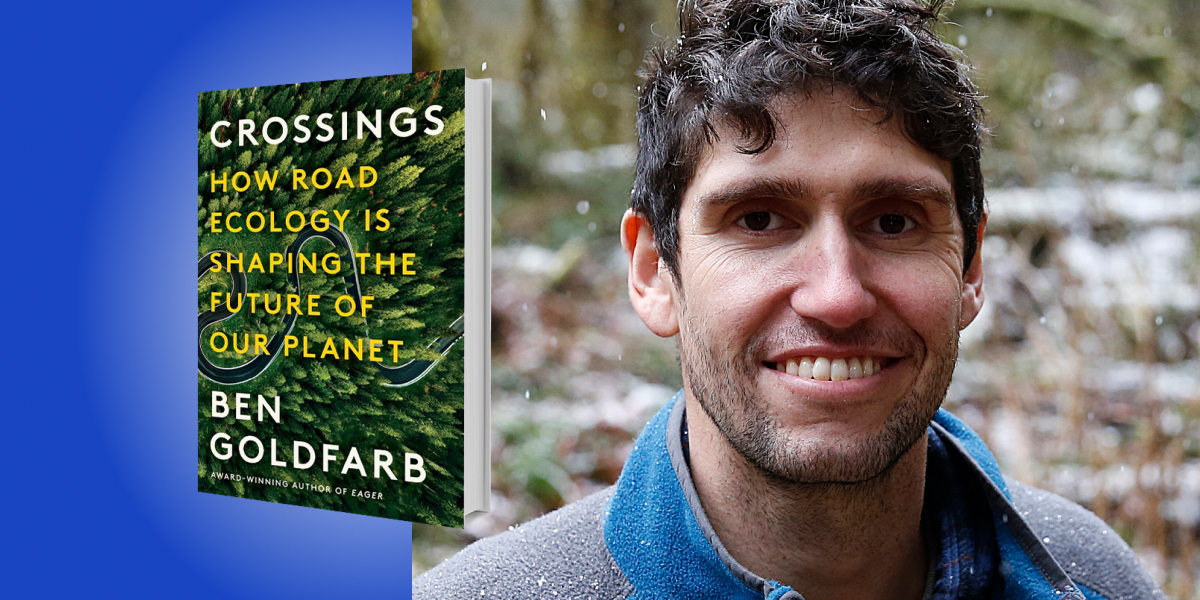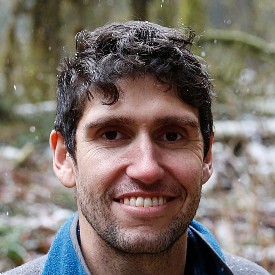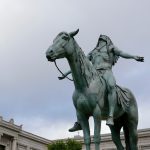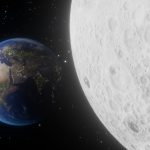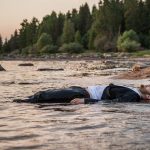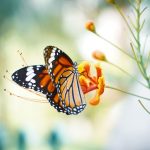Ben Goldfarb is an award-winning writer whose work has appeared in the Atlantic, National Geographic, the New York Times, and many other publications. His writing has also been anthologized in The Best American Science and Nature Writing. He is a recipient of fellowships from the Alicia Patterson Foundation and the Whiting Foundation.
Below, Ben shares five key insights from his new book, Crossings: How Road Ecology Is Shaping the Future of Our Planet. Listen to the audio version—read by Ben himself—in the Next Big Idea App.
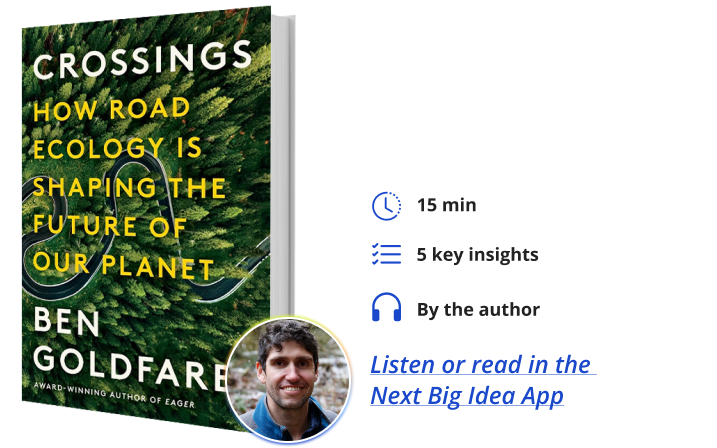
1. Watch out for wildlife.
Pop quiz: what’s North America’s most dangerous wild animal? Snakes? Sharks? Try white-tailed deer. Every year, at least 200 drivers are killed in collisions with deer, and the average deer crash costs society more than $8,000 in car repairs, hospital bills, and other fees. And there are lots of these crashes. Between one and two million large critters—not just deer, but also other big animals like elk, moose, and black bears—are killed by cars every year, accidents that collectively cost America over $8 billion. Last year the two most crash-prone states were West Virginia and Montana, where rural highways run through forests filled with deer and other wildlife. Additionally, those Deer X-ING signs don’t really help matters, since drivers tend to ignore them. Some biologists even call deer signs “litter on sticks.”
As dangerous as roads are for humans, they’re even worse for animals. Cars kill as many as 340 million birds in the U.S. every year, and roadkill is literally driving species like the Florida panther and the tiger salamander toward extinction. And that’s just in the United States: the problem is just as acute in other countries, like Iran, where Asiatic cheetahs are on the brink of vanishing due largely to highways. Other environmental crises, like climate change or poaching, tend to get more press, in part because the animals we see dead on the roadside, like deer, squirrels, and raccoons, are generally common critters that aren’t in danger of blinking out. But it will be impossible to save our planet’s biodiversity without addressing our roads.
2. It’s not just roadkill.
As bad as it is, roadkill is only the tip of the iceberg. In many places, the constant stream of traffic—what scientists call the “moving fence”—prevents animals from crossing highways and finding habitat, food, and mates. Any highway with more than 10,000 cars per day—which is most American highways—poses an almost impenetrable barrier to wildlife. In Wyoming, some herds of deer and antelope have suffered mass starvation in winter because they can’t cross busy interstates in search of food. In Southern California, America’s car capital, mountain lions are so hemmed in by freeways that they’re forced to breed with their own nearby relatives, leading to birth defects. You might never see a mountain lion carcass by the side of the highway, yet traffic is preventing them from getting where they need to be and hurting their population’s long-term chances of survival.
“Any highway with more than 10,000 cars per day—which is most American highways—poses an almost impenetrable barrier to wildlife.”
In a sense, that’s one of the chief ironies of roads. Writers like Jack Kerouac and musicians like Bruce Springsteen have celebrated the open road for so long that we’ve come to inextricably associate highways with human freedom and mobility. Who doesn’t love a good road trip? But if you’re a wild creature, roads fatally restrict your movement: A traffic rate as low as one car every ten minutes is enough to thwart grizzly bears from crossing rural roads. For bears and other animals, roads aren’t symbols of freedom—they might as well be prison walls.
3. Silence is golden.
One of the worst aspects of roads, both for nature and humans, is noise pollution. Think about the life of, say, an owl. Owls rely on their keen hearing to detect the footsteps of their rodent prey. When the rumble of tires and engines prevents owls and other animals from picking up the auditory signals they need to survive, they have no choice but to leave the area.
This problem was proved, ingeniously, by an experiment called the Phantom Road. In the experiment, scientists played recordings of traffic noise in a roadless forest in Idaho. They found that birds avoided the area during their migration. Even worse, the birds who did visit the area lost weight. Instead of listening for danger, as they’d ordinarily do, they had to look for it instead, which meant less time gulping down insects and berries. Road noise, in other words, is a form of habitat loss, pushing animals away from places they’d like to live and making it harder for them to thrive.
Noise is just as bad for human beings as it is for wild animals. The stress of living in noisy environments increases our risk of stroke, heart disease, diabetes, and other health problems. According to one study, residents of the noisiest neighborhoods in Paris die three years earlier than people in quiet areas. Electric cars will make our streets quieter, but most highway noise actually comes from tires, so EVs are no panacea. Neither are sound barriers, which can alleviate noise pollution for houses next to highways but actually make matters worse for neighborhoods farther away. However you slice it, road noise pollution is one of the biggest unsung conservation and public health crises of our time.
4. Animal crossings work.
So how do we prevent roads from destroying nature? One solution is wildlife crossing structures—bridges and tunnels, with fences on either side, that allow animals to cross highways safely. These crossings come in all shapes and sizes, from tiny tunnels for salamanders, to underpasses for elk, to huge overpasses for grizzly bears covered in shrubs and trees. And they work: many studies have shown that wildlife crossings cut roadkill by more than 80 percent, and that animals quickly learn to use them and even teach their fawns, cubs, and kits to follow. In some places, crossings prevent so many dangerous, expensive collisions that they quickly pay for their own construction costs.
“Many studies have shown that wildlife crossings cut roadkill by more than 80 percent.”
More good news: the world is building a lot more wildlife crossings. Animal passages are on the rise globally, from underpasses for elephants in Kenya to rope bridges that allow howler monkeys to swing over highways in Brazil. In the U.S., new state and federal laws have allocated hundreds of millions of dollars to passages in recent years, and private philanthropy is raising millions more. Remember those inbred mountain lions mentioned earlier? They’re among the animals getting a new crossing—a $90 million overpass near Los Angeles that will allow them to mingle and swap genes with other cougars elsewhere in the state. Our planet’s roads are still far too dangerous for animals, but, thanks to wildlife crossings, they’re starting to get a little safer.
5. We can unbuild our roads.
Roads seem like they’re forever—they’re huge ribbons of rock-hard asphalt, concrete, or gravel that will exist for millennia into the future. All over the country, however, engineers are in the process of unmaking badly conceived roads. Take our national forests, which are filled with almost 400,000 miles of old logging roads—perhaps the largest transportation network in the world. Although most of these roads are made of dirt and don’t carry much traffic, they still cause damage by eroding sediment and smothering streams. Over the last several decades, the U.S. Forest Service and environmental nonprofits have used heavy machinery to obliterate thousands of miles of these obsolete, harmful roads, expanding roadless ecosystems in which animals can thrive.
Also, consider the freeways that blasted through cities like New Orleans and Minneapolis in the mid-20th century. Urban interstate highways inflicted catastrophic harm on neighborhoods of color by displacing residents and businesses, causing air and noise pollution, and dividing communities. In recent years, cities like Rochester and Milwaukee have demolished their disastrous interstates and replaced them with boulevards, and others, like Syracuse, plan to do the same in the years to come.
Although forest roads and urban freeways couldn’t be more different in their social contexts and environmental impacts, they both prove the same point: We can still undo the damage caused by our roads.
To listen to the audio version read by author Ben Goldfarb, download the Next Big Idea App today:












